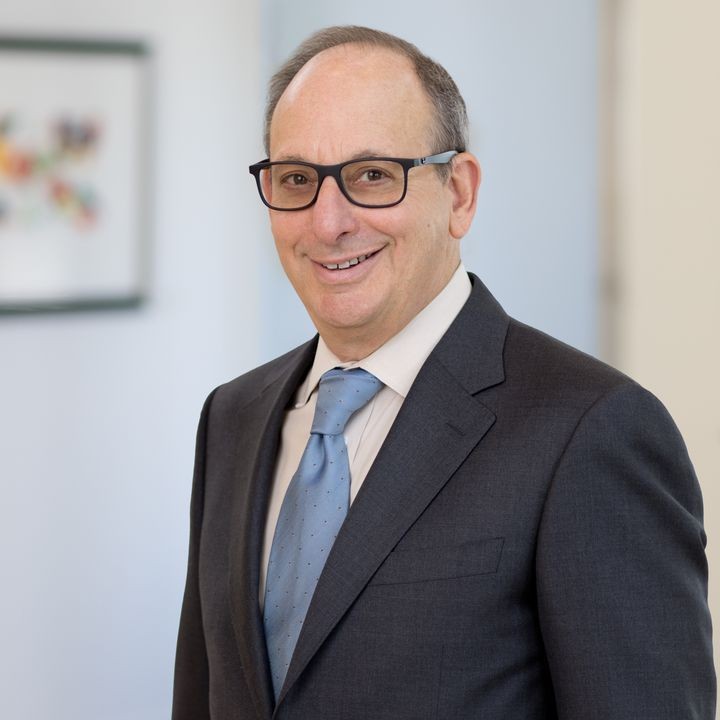Will the Supreme Court More Clearly Illustrate Fair Use?
Client Alert | 2 min read | 03.31.22
The United States Supreme Court has decided to revisit the copyright doctrine of fair use in Andy Warhol Foundation for the Visual Arts, Inc. v. Goldsmith. The case involves a collection of Warhol’s silkscreen prints and pencil illustrations based on Lynn Goldsmith’s copyrighted photograph of the artist Prince. The Warhol illustration was originally commissioned by Vanity Fair magazine in 1984, but Warhol later created his own series of artwork based on the photograph, which Goldsmith argued was an infringement of her copyright. The Warhol Foundation responded by invoking the fair use defense. The Second Circuit decided that the Warhol works did not constitute fair use of the photograph, concluding that all four of the factors in the fair use test favored Goldsmith.[1]
Importantly, the Second Circuit declined to consider Warhol’s subjective intent in creating the work, which the Warhol Foundation had argued was to display Prince as a cultural icon rather than as a vulnerable man. The Second Circuit reasoned that “whether a work is transformative cannot turn merely on the stated or perceived intent of the artist or the meaning or impression that a critic—or for that matter, a judge—draws from the work.[2]
The Second Circuit’s refusal to consider the meaning of an accused work that recognizably comes from particular source material for the purposes of deciding fair use arguably conflicts with Ninth Circuit rulings and the Supreme Court’s prior fair use pronouncements on fair use, holding that a work may be transformative if it conveys a different message or meaning from that of its source material. The Court will now consider how these two potentially conflicting standards impact the copyright fair use test.
In the 1994 case Campbell v. Acuff-Rose Music, which involved 2 Live Crew’s parody of the Roy Orbison song “Oh Pretty Woman,” the Supreme Court found a transformative and fair use of the original song. It was not until 25 years after that seminal decision that the Supreme Court revisited fair use in copyright, albeit in the context of software code, in Google v. Oracle. It is therefore particularly interesting that the Court has decided to now consider the Warhol case which, like Campbell, applies the fair use test to artistic works. It will be crucial to monitor the development of this case, as it could have significant implications concerning copyright infringement and the fair use doctrine. This is all the more relevant today given the evolving and emerging platforms and media in which copyrighted materials are now used, such as in the metaverse and with NFTs.
[1] Second Circuit Opinion at 51.
[2] Second Circuit Opinion at 26.
Contacts
Insights
Client Alert | 10 min read | 12.24.25
Since the signing of Executive Order 14187 (“Protecting Children from Chemical & Surgical Mutilation”) in late January 2025, the Trump Administration has made its skeptical stance on gender-affirming care—especially regarding services provided to minors—clear.
Client Alert | 3 min read | 12.24.25
Keeping it Real: FTC Targets Fake Reviews in First Consumer Review Rule
Client Alert | 5 min read | 12.23.25
An ITAR-ly Critical Reminder of Cybersecurity Requirements: DOJ Settles with Swiss Automation, Inc.
Client Alert | 2 min read | 12.23.25
Record-Setting False Claims Act Settlement Highlights DOJ Commitment to Customs Enforcement





